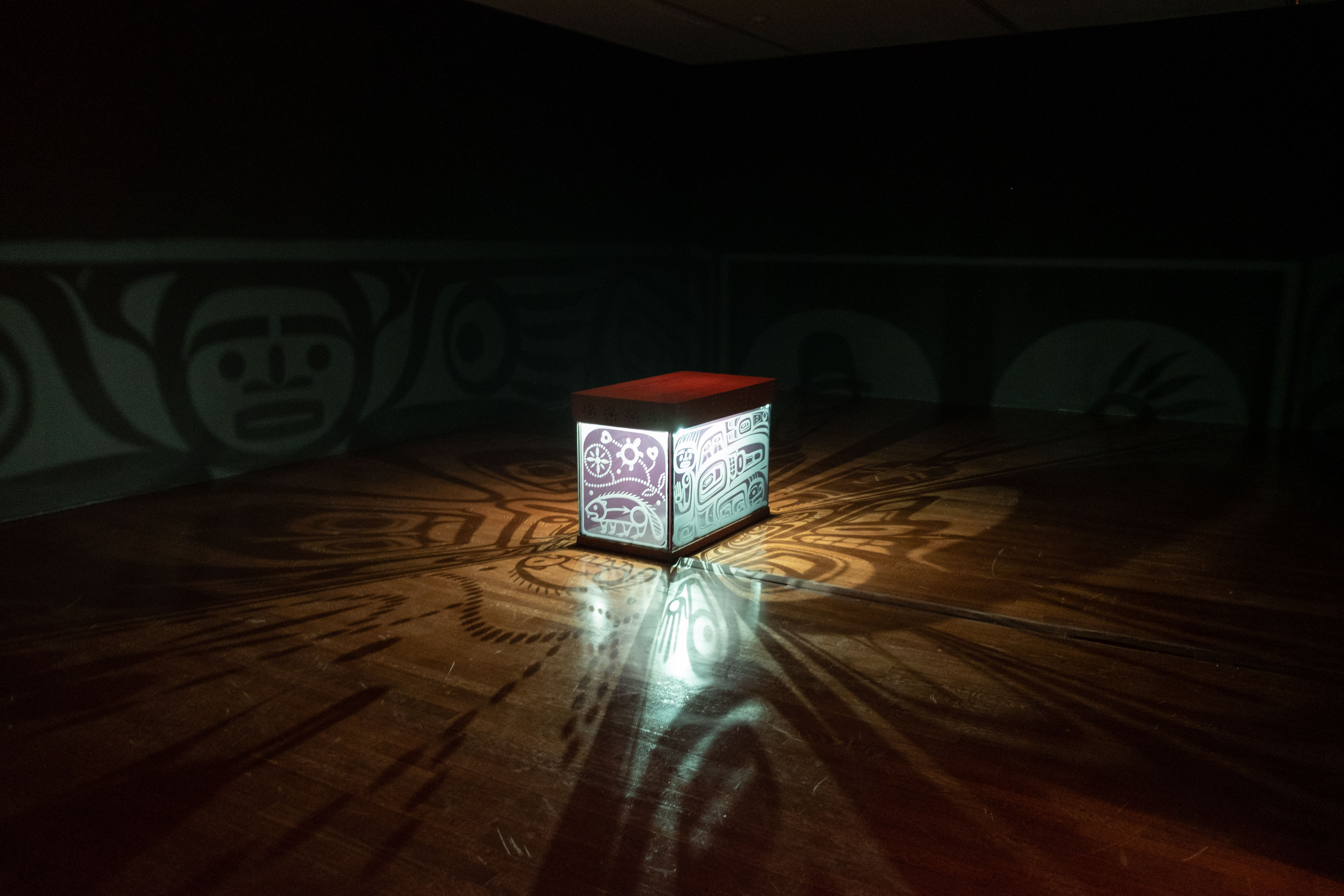Abadakone: Continuous Fire, is the second instalment in a series of global Indigenous exhibitions at the National Gallery of Canada.
The exhibition opened Nov. 7 and features work from more than 70 artists from approximately 40 Indigenous communities, ethnicities, and tribal affiliations. Over 100 works are on display.
The exhibition features contemporary Indigenous artworks including beadwork, print, sculpture, textile, photography, and video.
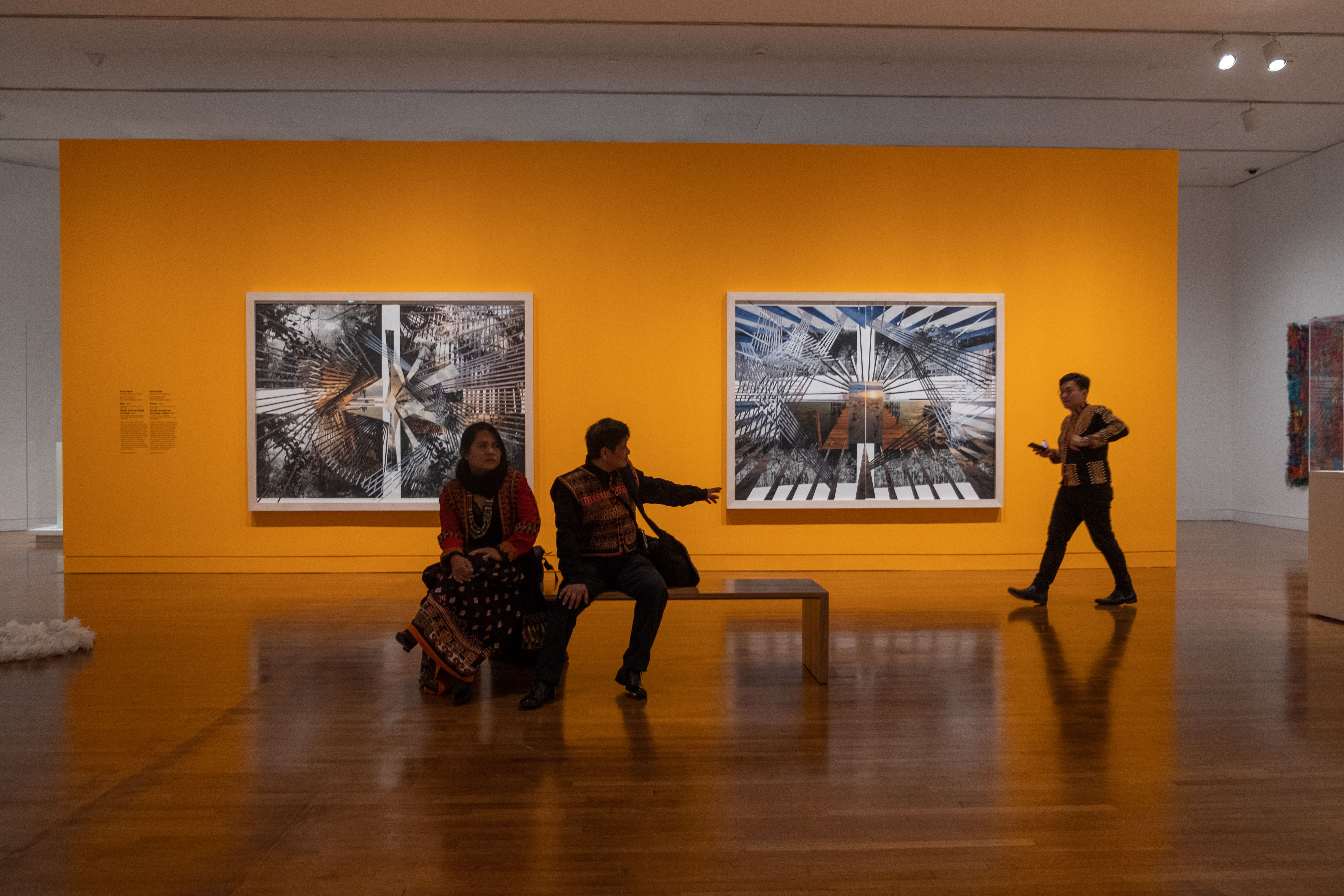
Artists from 16 countries have created work for the Gallery, including Maha Ato Collective, a group of four New Zealand-based Māori women.
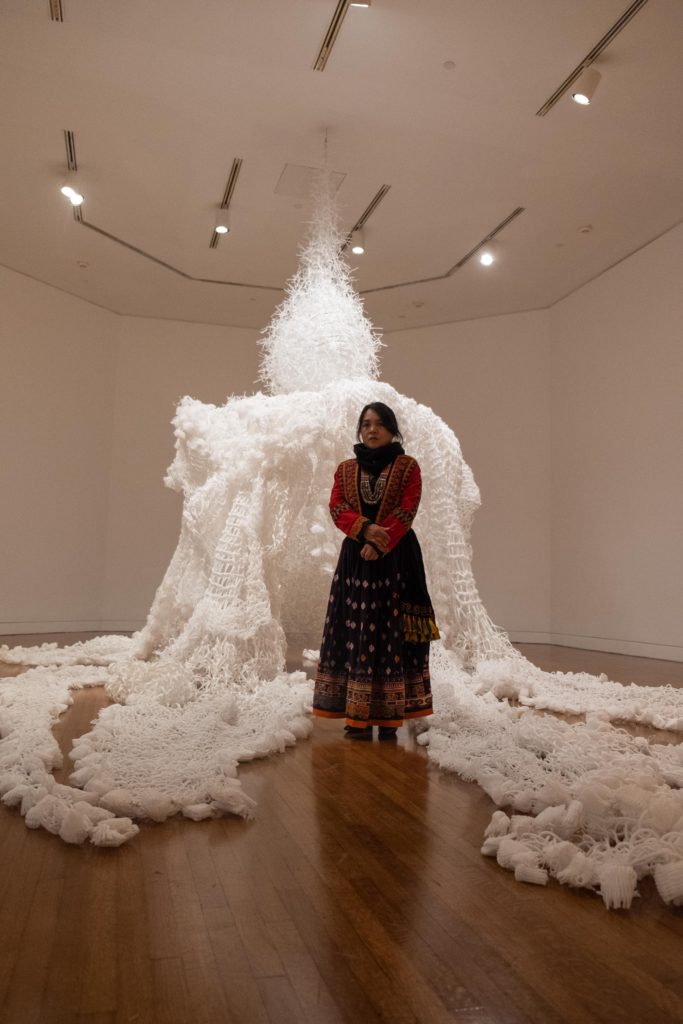
“We make large scale works. We do that to take up a lot of space on purpose, to show that Indigenous women can take up this amount of space, and deserve this amount of space, and national institutions,” said the Collective.
Their work deals with the transfer of knowledge through generations and importance of female narratives within Indigenous art.
“We have encountered – I guess in New Zealand, but across all colonized nations – the erasure of female power, stories, knowledge,” the Collective added. “To be able to speak to those and be able to bring those to the forefront is very important for us.”
Swedish filmmaker Inga-Wiktoria Påve created the film Morit Elena Morit, which is also featured within the gallery. The title translates to “Wake Up, Elena, Wake Up,” and features traditional Swedish Sami poetry.
Påve said the film deals with responses to colonialism and the need to translate culture across generations. The film features the work of a Sami poet.
“He was very concerned about bringing the culture to young people, and so the whole poem is kind of trying to wake up the young people,” Påve added.
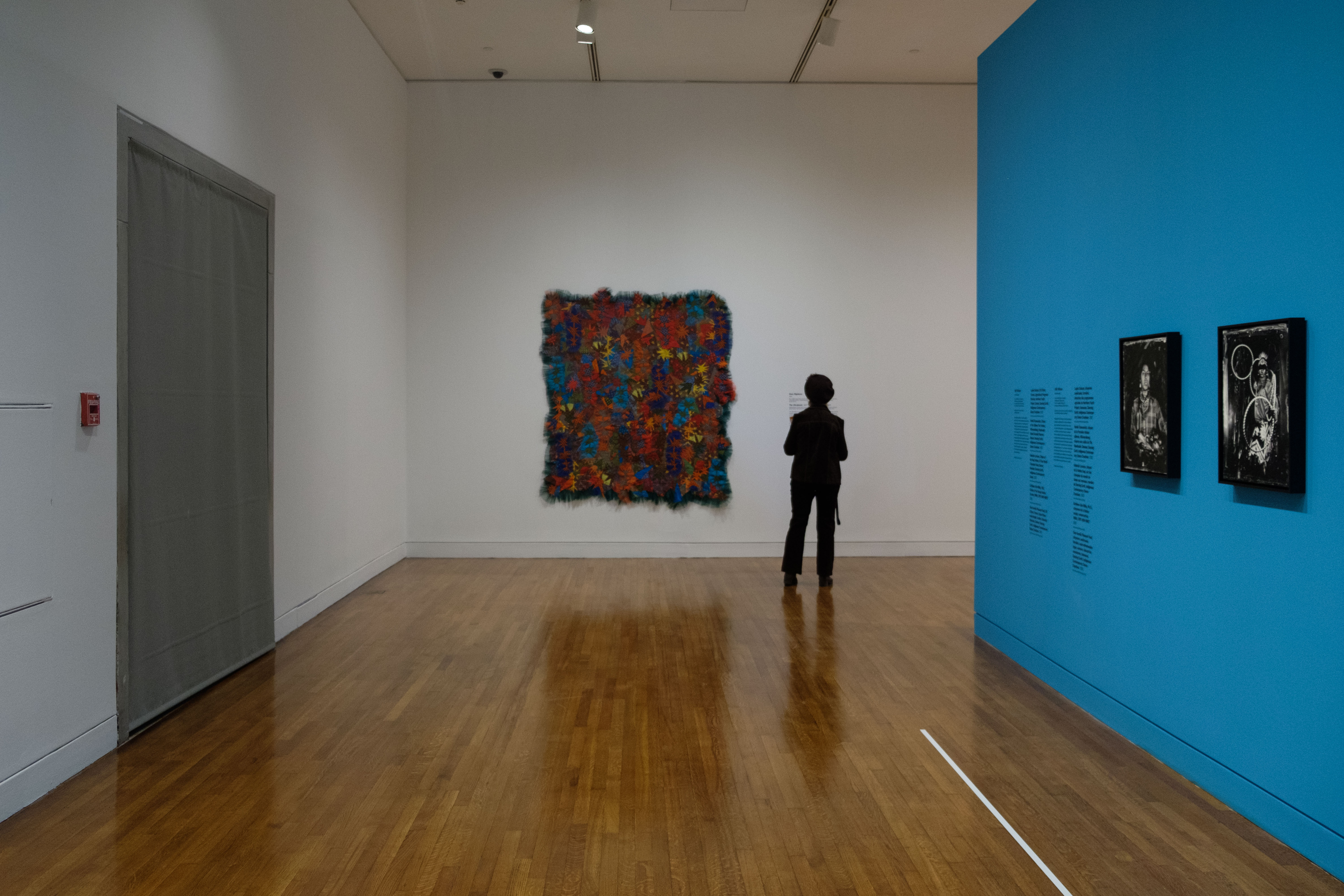
He said the presence of an artist within the space allows visitors to engage with artworks.
“For me, [the takeaway of performance art] is the idea of having the physical presence of a person, of an activator, of a performer, in the space or interacting with the artwork,” Hill said.
“It’s a very visceral connection that you have as a viewer, you may even be implicated in the work in some way, you don’t know. With performance art there are a lot of unknowns, and that dynamism and presence of the artist I think is where it really enhances that connection.”
The exhibition will run until April 5, 2020, and is expected to be part of a recurring series of exhibitions dealing with global Indigenous art at the NGC every four to six years, according to Sasha Suda, director and CEO of the National Gallery.
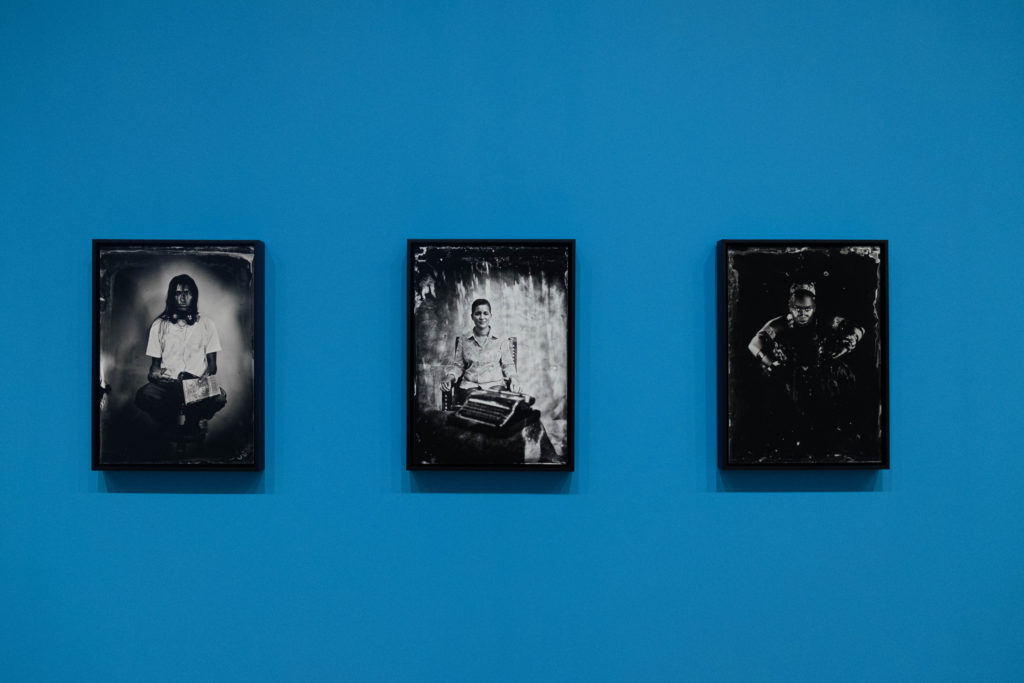
“Indigeneity can be thought of something that’s in the past, and through their practice, many of these artists are helping to revive some of their own language, their own traditional ways of making, which are really exciting,” said Suda.
“These artists are very much alive … they are very much involved in our current context.”
Featured image by Saif Rahman.


